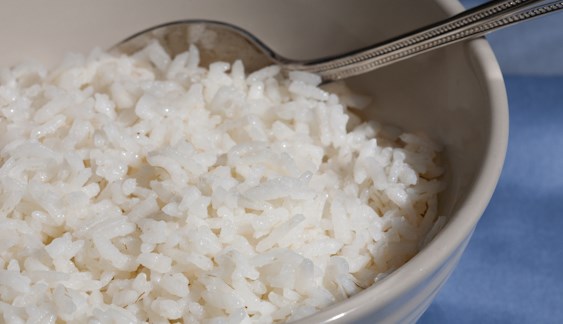Using food in protest has a long history
June 7, 2020 by DarcieThe question of ‘what is an appropriate mechanism for protest’ is one that resonates during times like these. With people taking to the streets all over the world, companies and celebrities alike have posted to social media supporting protesters and discussing efforts to address the issues raised by the protests. Inevitably, the comments to these posts will feature someone saying ‘why don’t you stick to selling/doing X and stop being political?’ The truth is that successful social movements have used all manner of items as a tool of protest. Food is no exception, and as Amethyst Ganaway explains in Food & Wine, black communities in the United States have long used food to sustain and support protests.

Beginning with the transatlantic slave trade, blacks used food as a way to protest their condition. Women would braid seeds and rice into their hair so they could grow foods familiar to them. Growing and eating these foods was more than just nostalgia for their homeland, it was a subtle act of rebellion and resistance. Growing their own crops also provided additional sustenance that was not always provided by their ‘masters’, and this continued after emancipation.
Jumping forward to the civil rights movement of the 1950s and 60s, you can again see food in the center of protests. The images of four brave young black college students who participated in one of the sit-ins at Woolworth diners sparked nationwide protests as they brought to light the discrimination that still happened despite a Supreme Court decision making such segregation illegal.
Photo of Classic separate-grain Carolina gold rice from Anson Mills
Categories
- All Posts (6940)
- Antipasto (2135)
- Author Articles (247)
- Book News (935)
- Cookbook Giveaways (983)
- Cookbook Lovers (257)
- Cooking Tips (109)
- Culinary News (299)
- Food Biz People (552)
- Food Online (791)
- Holidays & Celebrations (272)
- New Cookbooks (149)
- Recipes (1500)
- Shelf Life With Susie (231)
- What's New on EYB (133)
Archives
Latest Comments
- eliza on What foods do you look forward to the most for each season?
- kmwyman on Rooza by Nadiya Hussain – Cookbook Review and Giveaway
- Maryd8822 on The Golden Wok – Cookbook Giveaway
- Dendav on Danube Cookbook Review and Giveaway
- sanfrannative on Rooza by Nadiya Hussain – Cookbook Review and Giveaway
- darty on Danube Cookbook Review and Giveaway
- Atroyer7 on Danube Cookbook Review and Giveaway
- demomcook on What foods do you look forward to the most for each season?
- demomcook on Danube Cookbook Review and Giveaway
- Darcie on How cookbooks can help build resilience